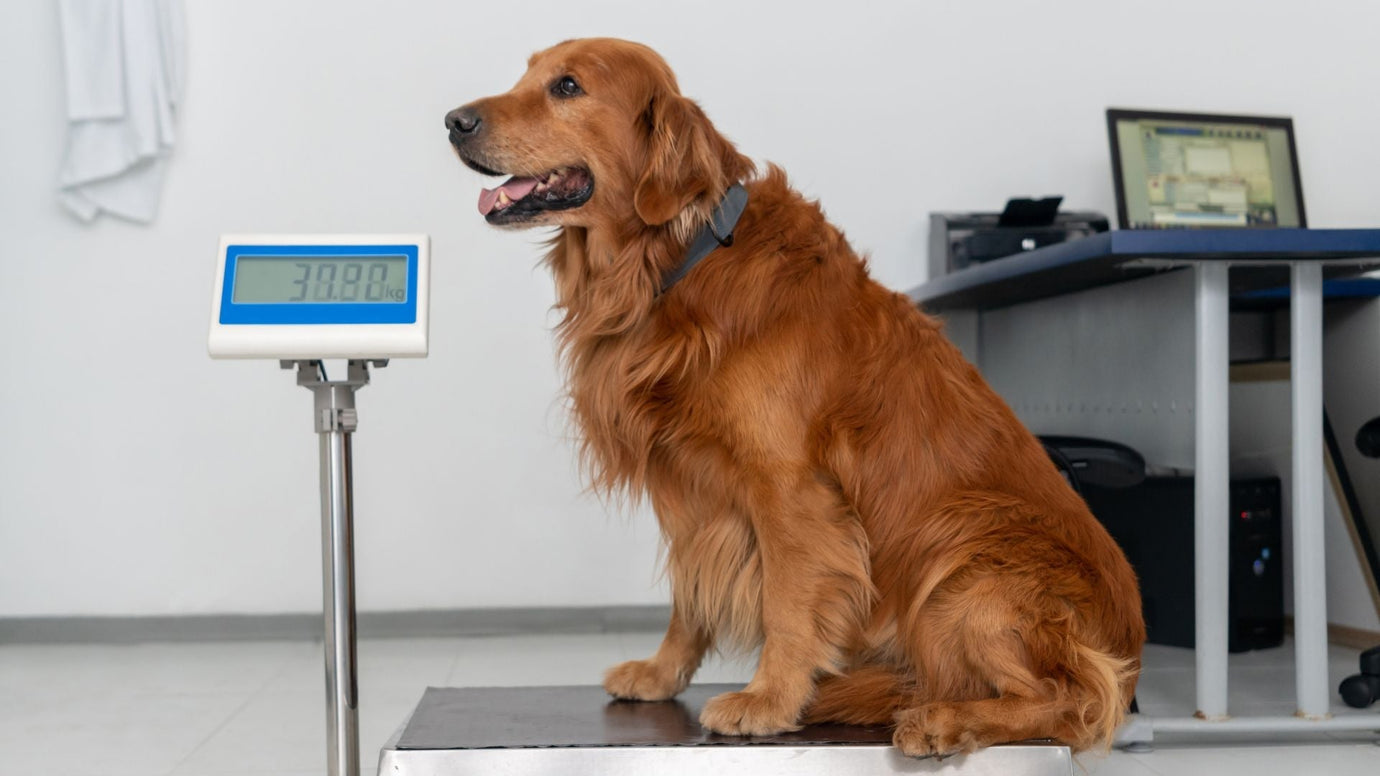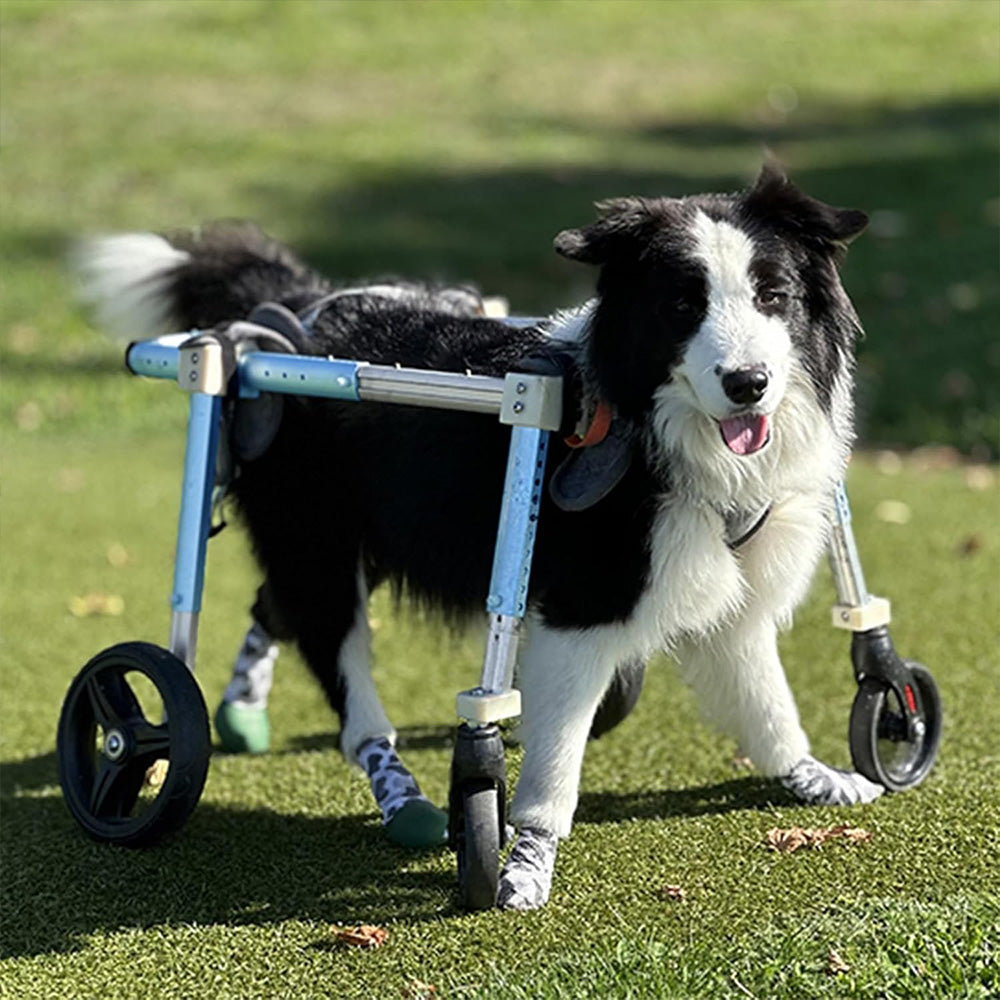Creating a Senior-Friendly Home Environment: Comfort and Safety for Your Aging Dog
As our dogs gracefully age, their needs evolve, and the home they’ve known and loved may start to present new challenges. A once-familiar environment can become difficult to navigate due to changes in mobility, vision, and overall health. Creating a senior-friendly home environment is a proactive and compassionate way to ensure your aging companion remains safe, comfortable, and happy in their golden years.
This article will provide practical tips and modifications to help you adapt your home for your senior dog, addressing key areas such as mobility, comfort, and safety to enhance their quality of life.
The Importance of a Senior-Friendly Home
Just as we make our homes safer for toddlers or elderly relatives, we must also consider the changing needs of our senior dogs. Age-related conditions like arthritis, vision and hearing loss, and canine cognitive dysfunction (dog dementia) can make everyday activities challenging and even hazardous. By making thoughtful adjustments to your home, you can:
- Prevent Injuries: Reduce the risk of slips, falls, and other accidents.
- Enhance Comfort: Provide a comfortable and supportive environment that soothes aching joints and promotes restful sleep.
- Reduce Stress and Anxiety: A predictable and easy-to-navigate home can help alleviate anxiety, especially for dogs with cognitive decline or sensory loss.
- Promote Independence: Simple modifications can help your senior dog maintain their independence and continue to enjoy their favorite activities.
Key Modifications for a Senior-Friendly Home
Creating a safe and comfortable home for your senior dog doesn’t have to be expensive or complicated. Many effective changes are simple and easy to implement.
1. Improve Traction and Flooring
Slippery floors, such as hardwood, tile, or laminate, can be extremely difficult for senior dogs to navigate, especially if they have arthritis or muscle weakness. The fear of falling can cause significant anxiety and may lead them to avoid certain areas of the house.
- Non-Slip Rugs and Runners: Place non-slip rugs or runners in high-traffic areas, hallways, and on any slippery surfaces. This provides much-needed traction and a softer surface for their joints.
- Yoga Mats: Inexpensive yoga mats can be a great option for creating non-slip pathways.
- Paw Grips: Consider using non-slip paw grips or booties to give your dog extra traction on all surfaces.
2. Enhance Accessibility
Jumping on and off furniture or climbing stairs can become painful and dangerous for a senior dog. Providing alternative ways for them to access their favorite spots can prevent injuries and maintain their sense of inclusion.
- Ramps and Pet Stairs: Invest in ramps or pet stairs to help your dog safely get onto the couch, bed, or into the car. Choose a ramp with a gentle incline and a non-slip surface.
- Single-Level Living: If possible, try to keep your dog’s main living area on one level to minimize the need for them to use stairs. Use baby gates to block off access to stairs if they are a hazard.
3. Create a Comfortable Resting Area
Senior dogs spend a lot of time resting, so a comfortable and supportive bed is essential. A good bed can soothe sore joints, improve sleep quality, and provide a sense of security.
- Orthopedic Dog Beds: These beds are made with high-density memory foam that conforms to your dog’s body, providing excellent support for their joints and spine.
- Heated Dog Beds: A gently heated bed can be very soothing for arthritic joints, especially in colder weather.
- Multiple Resting Spots: Place comfortable beds in several locations throughout the house so your dog always has a cozy spot to rest near the family.
4. Adapt Feeding and Watering Stations
Bending down to eat or drink can be uncomfortable for senior dogs with neck or back pain.
- Elevated Food and Water Bowls: Using raised bowls can reduce strain on your dog’s neck and improve their posture while eating and drinking.
- Non-Slip Mats: Place a non-slip mat under the bowls to prevent them from sliding around.
5. Ensure a Safe and Predictable Environment
For dogs with vision loss or cognitive dysfunction, a predictable environment is crucial for their safety and well-being.
- Keep Furniture Consistent: Avoid rearranging furniture, as this can be disorienting for a dog with poor vision.
- Clear Pathways: Keep floors clear of clutter and obstacles to create clear, safe pathways for your dog to navigate.
- Night Lights: Use night lights in hallways and near your dog’s bed to help them see better in low-light conditions.
- Scent Markers: For dogs with significant vision loss, you can use different scents (e.g., a drop of a specific essential oil on a cotton ball) to mark important locations like their bed, food bowls, or the back door.
Conclusion
Creating a senior-friendly home environment is a tangible expression of your love and commitment to your aging dog. By making these simple yet effective modifications, you can significantly improve their comfort, safety, and overall quality of life. A thoughtfully adapted home allows your senior dog to navigate their world with confidence and continue to be a cherished member of the family in their golden years.
Frequently Asked Questions (FAQs)
Q1: How can I help my senior dog with stairs?
A1: If your dog is struggling with stairs, consider using a ramp or pet stairs. You can also use a supportive harness to help them up and down the stairs. If possible, try to limit their need to use stairs by keeping their main living area on one level.
Q2: What is the best type of bed for a senior dog?
A2: An orthopedic memory foam bed is generally the best choice for a senior dog, as it provides optimal support for their joints. A heated bed can also be beneficial for dogs with arthritis.
Q3: My senior dog is slipping on our hardwood floors. What can I do?
A3: Place non-slip rugs, runners, or yoga mats in high-traffic areas. You can also use non-slip paw grips or booties to give your dog extra traction.
Q4: How can I make my home safer for a dog with vision loss?
A4: Keep your furniture arrangement consistent, clear pathways of clutter, use night lights, and consider using scent markers to help them navigate. It’s also important to block off access to potential hazards like stairs or pools.
Q5: Should I get elevated food bowls for my senior dog?
A5: Elevated bowls can be beneficial for many senior dogs, especially those with neck or back pain, as it reduces the need to bend down. However, it’s always a good idea to consult your veterinarian to see if they are appropriate for your specific dog.







